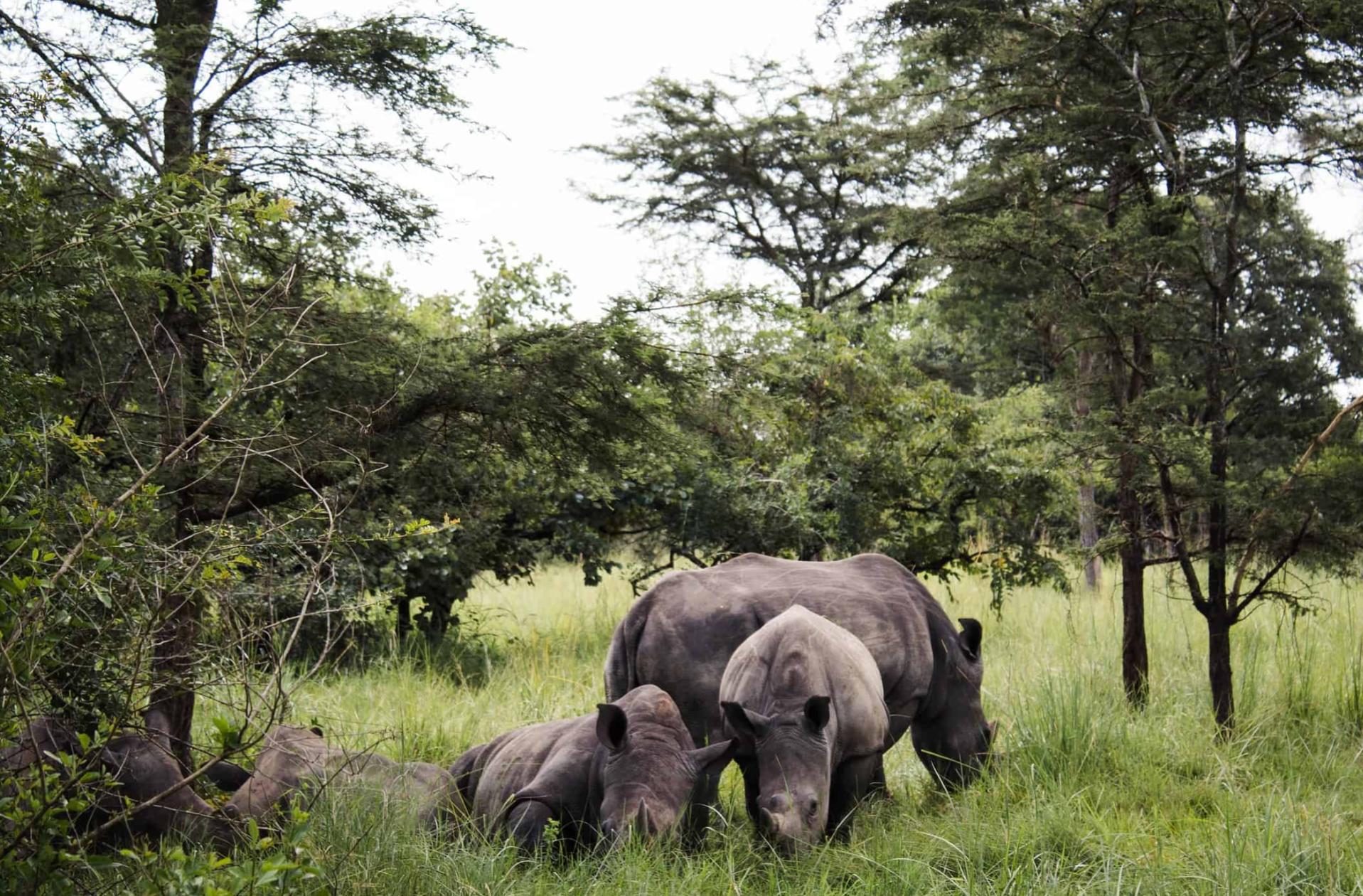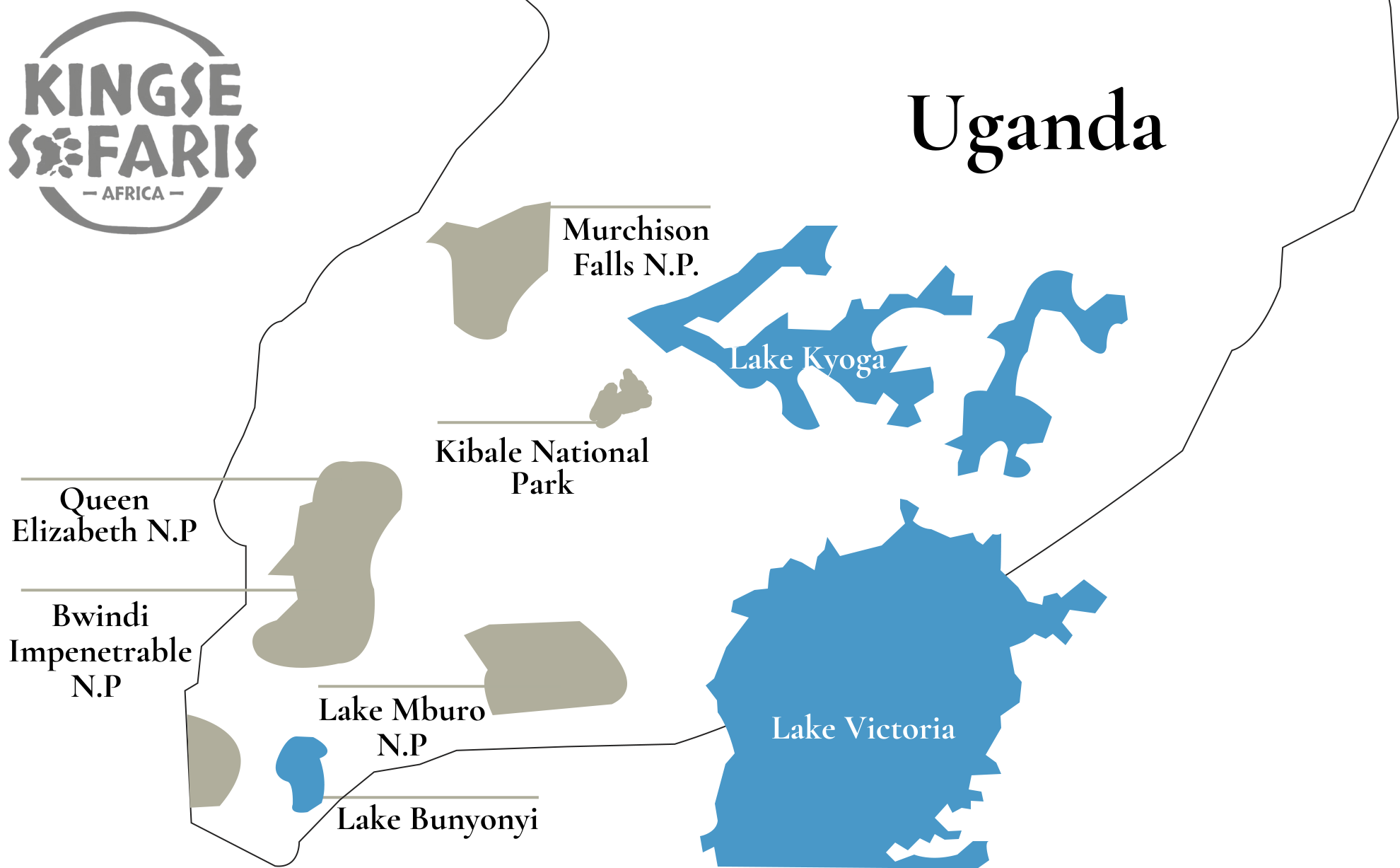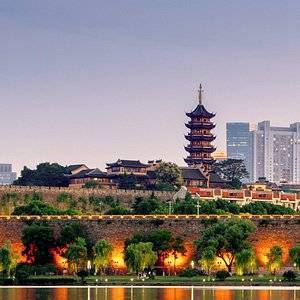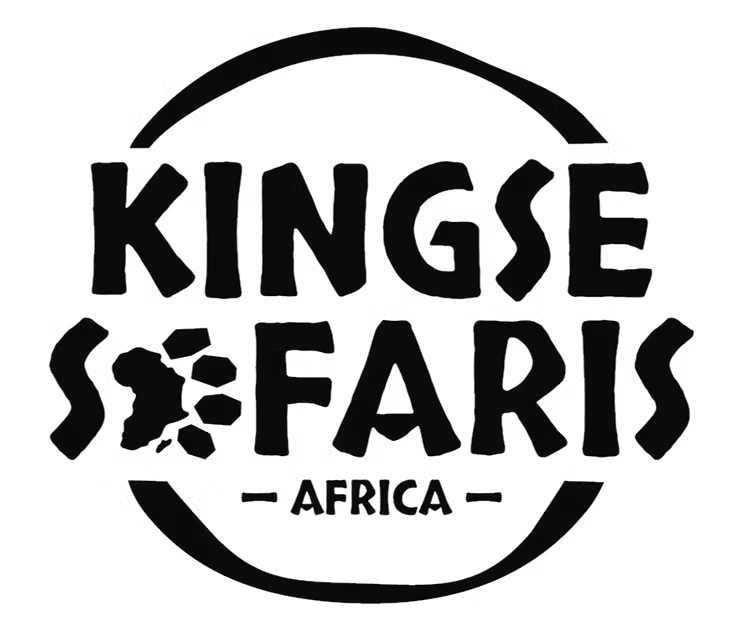Uganda Destinations
Uganda reveals wild treasures, where mountains, rivers, and cultures meet.
Uganda greets travellers with misted jungles, roaring waterfalls, shimmering lakes, and golden savannahs. Each journey flows with wildlife encounters, cultural rhythms, and landscapes that speak quietly yet powerfully to the soul.
Area
241,038 sq km
Population
49,996,078
Language
English & Swahili
Currency
Ugandan Shilling
Area
241,038 sq km
Population
49,996,078
Language
English & Swahili
Currency
Ugandan Shilling
Exploring Uganda’s Spirit Through Its Landscapes

Uganda invites with contrasts: shadowed forests, sparkling waters, and savannahs alive with great herds. Each place reveals its voice, carrying both wonder and quiet presence.
In Bwindi Impenetrable National Park, the green canopy shelters gorillas, moving gently through vines and ferns. Across the terraced hills, Lake Bunyonyi shimmers with islands scattered like stepping stones.
The vast plains of Queen Elizabeth National Park host elephants, lions, and hippos along the Kazinga Channel. In Kibale National Park, chimpanzees call from the treetops, joined by rare primates unseen elsewhere.
At Murchison Falls, the Nile surges through stone, then eases into waterways filled with buffalo, giraffes, and countless birds. Every destination in Uganda carries its distinct rhythm of life.

Frequently Asked Questions About Uganda Safari Adventures
Uganda is full of unique safari experiences, from gorilla trekking to wildlife safaris. Here are answers to common questions to help plan your journey with ease and confidence.
What makes Uganda a special safari destination?
Uganda is home to over half of the world’s mountain gorillas, making gorilla trekking its highlight. It also offers chimpanzee trekking, diverse wildlife, snow-capped mountains, and savannah safaris all in one trip.
When is the best time to visit Uganda?
Uganda can be visited year-round, but the drier months of December to February and June to September provide easier trekking conditions and better wildlife sightings. Rainy seasons make trails more challenging but still rewarding.
Is Uganda safe for travellers?
Yes. Uganda is considered safe for visitors, with hospitable locals and well-organized safari operators. Guides ensure your comfort, and most areas frequented by tourists are secure and welcoming.
Is Uganda expensive compared to other safari destinations?
Uganda is more affordable than Kenya, Tanzania, or Rwanda. While gorilla permits add cost, overall safari prices remain budget-friendly, with options ranging from mid-range to luxury experiences.
What kind of food can I expect in Uganda?
You’ll find fresh, international-style dishes at lodges, often made with local produce. Some properties host “Ugandan nights” featuring traditional meals such as matoke, grilled meats, and maize-based dishes.
Do I need to be fit for gorilla trekking?
Yes, moderate fitness is required. Treks can last up to six hours through hilly, forested terrain. Chimpanzee trekking is usually shorter but still requires comfort with walking long distances.
Is Uganda suitable for family travel with children?
Absolutely. Ugandans are welcoming to families, and safaris can be tailored for all ages. Children under 15 cannot trek gorillas, but they can enjoy other wildlife and cultural activities.
Can I travel solo in Uganda?
Yes, Uganda is popular with solo travellers. Guides ensure safety, and small lodges offer friendly environments to meet other travellers. Solo itineraries can also be customized for flexibility and budget.
How far in advance should I book a safari?
For gorilla trekking, book at least 12–18 months ahead as permits are limited and in high demand. For other activities, a few months ahead is usually sufficient.
How do travellers get around in Uganda?
Most safaris use 4WD vehicles for road trips between parks. Domestic flights on small aircraft connect key destinations like Bwindi and Murchison Falls. Both options provide scenic and safe travel experiences.
Creating Your Dream Safari, The Way You Want it
Kingse Safaris Africa offers customized tours tailored to your needs. Everything about your trip can be altered to suit your travel style, from the activities to the schedule. Join us and design your dream journey with us!







